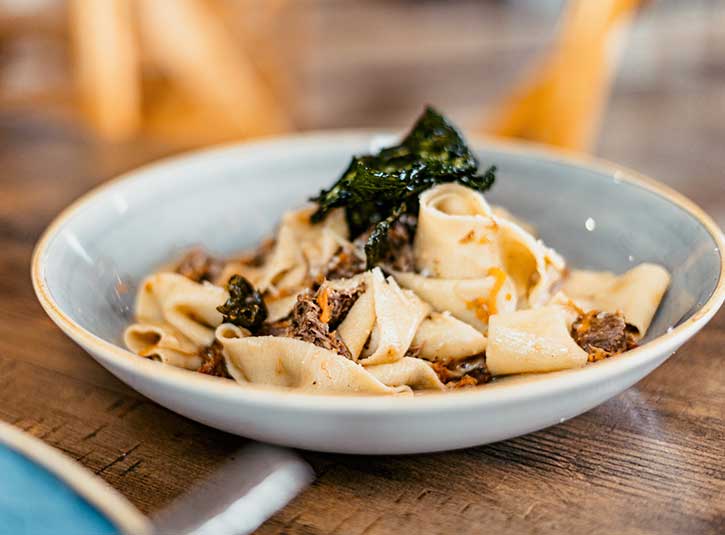Fast food versus slow food: The dilemma of ordering in
posted on
Take this moment for yourself. Slow down. Relax. Breathe. Good. You’ve just learned the key step in the Slow Food Movement USA’s manifesto. “We are enslaved by speed and have all succumbed to the same insidious virus: Fast Life, which disrupts our habits, pervades the privacy of our homes and forces us to eat Fast Foods,” the manifesto states.
According to a past article by economics professor Nancy Folbre for the NYTimes, the average time per day spent devoted to cooking declined by 30 minutes between 1965 and 2007-08. Likewise, she explained that purchases of food away from home has increased by 49% in 2011 from 30% of all food dollars in 1965. Five years ago, this might have been somewhat surprising, but not today.
The quick service restaurant (QSR) industry (aka fast food industry) in the U.S. alone was said to be worth US$255 billion in 2018. Our new food norm is fast, quick and easy.
But what if food came fast—or on time—whenever we ordered in or had it catered to our offices, but was actually produced following the slow food movement? Let’s first take a look at the difference between fast food and slow food, and then look at the modern dilemma of ordering in.
Fast food versus slow food: What’s the difference?
Fast food is fairly self-explanatory and, unfortunately, we’ve all had it. In fact, consumer spending in the QSR industry has increased by 60% from US$187 billion in 2004 to US$299.6 billion in 2018. The biggest brands in the fast food industry include McDonald’s, Subway, Domino’s, Burger King, Starbucks, Pizza Hut, Wendy’s, you get the idea.
Fast food is mass-produced food designed for speed of service. It is meant to be produced and consumed quickly, often on the go via drive-thrus, delivery and take-out. It’s cheap and easy to eat, but not necessarily good for you or the planet. Fast food is synonymous with volume, pace and price value, not necessarily quality.
Slow food is the opposite of fast food.
The slow food movement began in the 1980s in Italy in reaction to fast food and the “fast life” that it represented (and was fuelled by). Slow food is all about “food that is good, clean, and fair for all.” To break that down further, that means:
- Good: delicious nutrition is an everyday right, create joyful community connections and advocate for diversity
- Clean: Protect natural resources, help people and the environment depend on each other and promote food that is local, seasonal and sustainably grown
- Fair: Build local and global collaboration, welcome to all and fight for dignity of labour
In our ‘What is farm to table (and why is it so rad)?’ blog post, we talk about the importance of knowing exactly where your food came from and how it got to your plate (or to-go container). We discuss the direct relationship that farmers, producers and growers have with their customers—both restaurants, chefs and customers. Much of what the farm-to-table movement believes can be wrapped up into the greater, more holistic umbrella of the slow food movement.
The slow food movement includes everything from slow meat and slow fish to supporting meatless Monday, planting new seeds and supporting fair labour. “Slow Food believes we all have the power to change the course by making informed, responsible decisions,” said Keith Gotcliffe and Lloyd Ellman in a Slow Food article on Slow Fish 101.
The modern dilemma of ordering in
Back when I was young, only a handful of local Chinese restaurants delivered meals to your home, along with fast-food chains like KFC, Domino’s and Pizza Hut. If you didn’t want to support fast food companies, then you didn’t order in. It was as simple as that. The spending power was always there, but sometimes, in a pinch, your hand was forced.
Thankfully, the recent rise of food delivery companies has given consumers more choice. More spending power for good. Today, consumers can order online food delivery to their homes and offices (via Foodee) right from local owner-operated, farm-to-table and/or slow-food restaurants.
Gone are the days of worrying about only supporting unhealthy, unsustainable fast-food companies when you order in. Happy ordering.
Filed Under: Food For Thought Food For Thought, Foodee HQ

